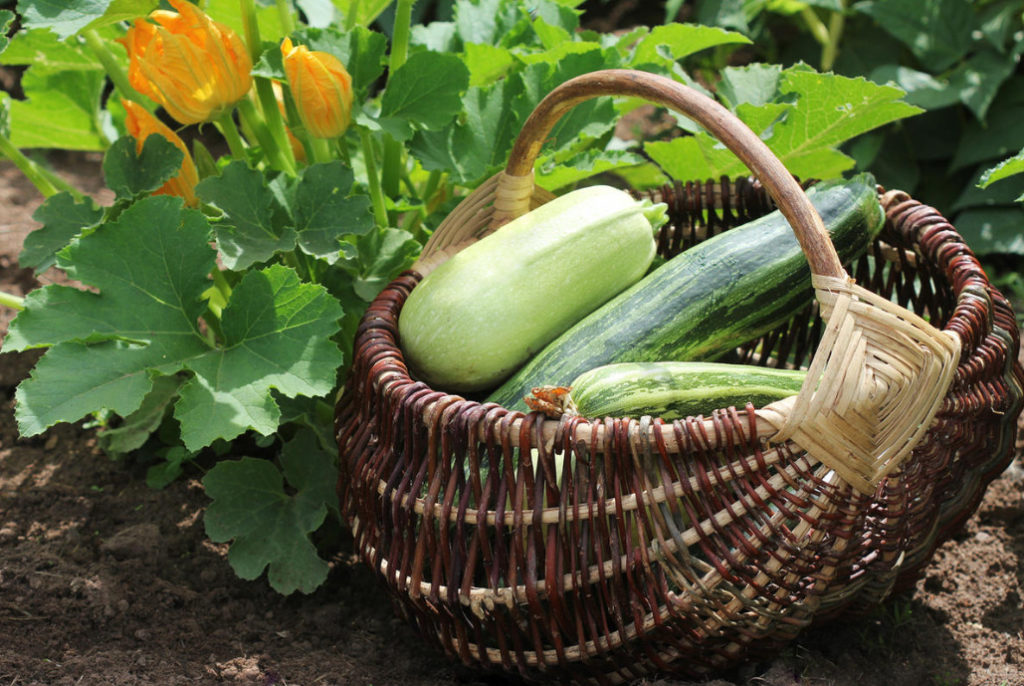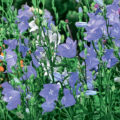Why don’t some summer residents grow zucchini? The culture is, like, unpretentious, trouble-free and productive… I asked this question to my friends — and it turned out that they just don’t know what to do with zucchini. The general opinion turned out to be something like this: “It’s not difficult to plant, and then where are they? Well, they fried it once or twice – and that’s it, I’m tired of it. What else are they good for?”
In a word, zucchini urgently needs to be saved from the reputation of a “useless” culture! I can name 10 ways to use them offhand — maybe you will add more?
1. Zucchini as a decoration of the plot
Flowers, probably, all summer residents grow. And many people like to decorate the plots with plants with beautiful foliage. And what makes zucchini worse?
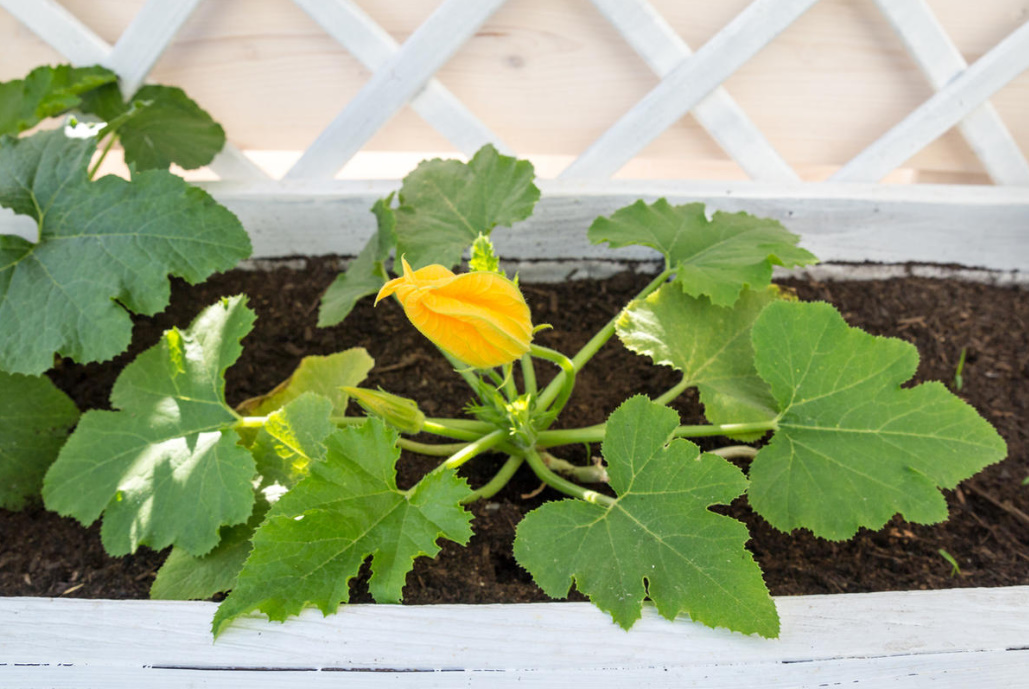
It grows quickly; blooms spectacularly; leaves are large, carved, are not only green, but also with interesting silvery “patterns”. And there is nothing to say about the fruits — all kinds: white, yellow, dark green, striped; elongated and round, huge and small… Well, what is not an ornamental plant? And it, by the way, unlike different petunias and hosts, not only pleases the eye, but also gives a harvest!
2. Squash as a balcony plant
Bored in the city? A vegetable garden on the balcony will quench the thirst for activity and will not let you miss the beds. And, by the way, you can also grow zucchini in containers on a country plot — for example, on a terrace — as an original decoration.

Of course, not every variety is suitable here, after all, most zucchini are large plants that require space and good nutrition, which is difficult to provide in a pot. But the breeders took care of the lovers of container vegetable growing — there are varieties and hybrids that like this method of cultivation.
3. Zucchini: the first vegetable of a young gardener
Zucchini is an ideal plant for the first children’s experiments in the garden. This is really a problem—free crop: the seeds are large, easy to sow, germinate and grow quickly – even the most impatient will not have time to get bored. The fruits are pleasing in size, shape, and bright colors. And if you choose early-maturing varieties, then a novice vegetable grower will get a harvest almost faster than his parents.
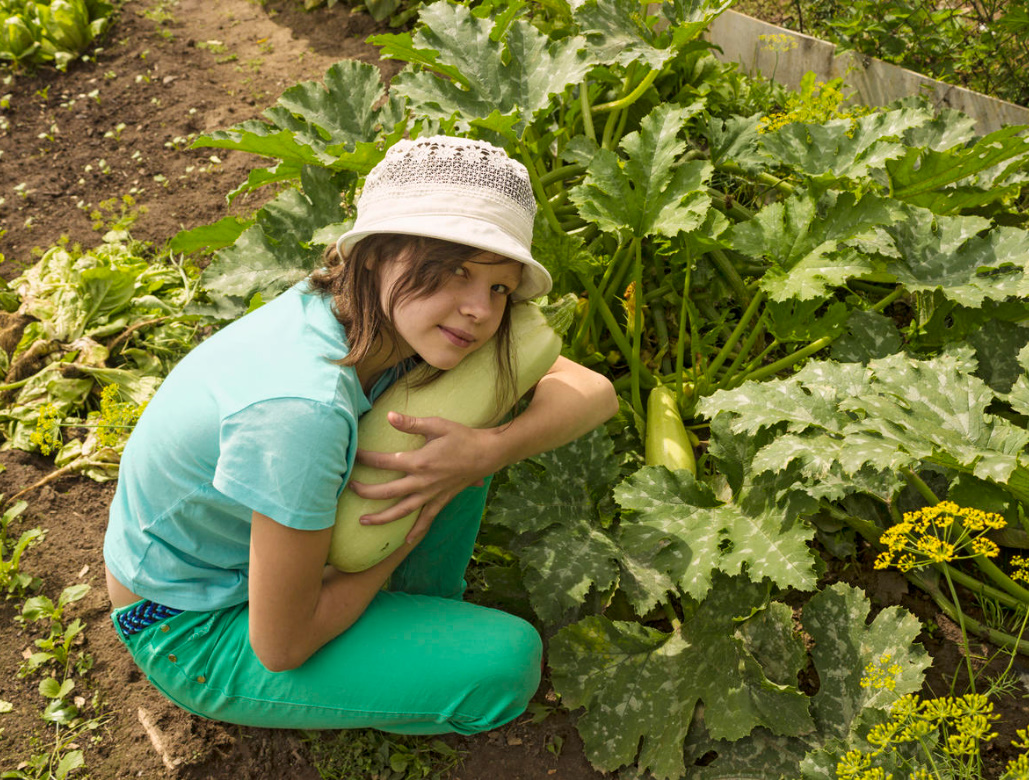
4. Squash jam
I must admit, I’m not a jam lover and I stopped making it. But the zucchini jam with lemon, which a friend once treated me to, still appreciated. It’s really delicious! Unusual (if they don’t tell you what it’s made of, you won’t guess) and not at all cloying.
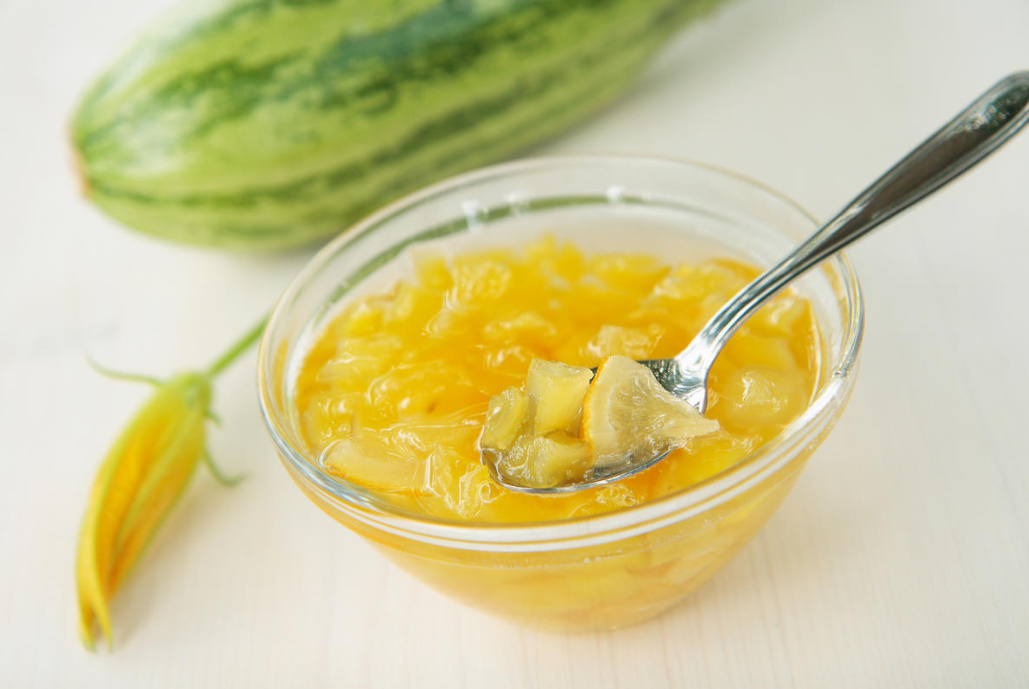
Another plus is that such jam can be prepared even in winter, because ripe zucchini are perfectly stored.
5. Zucchini for salting
I salted zucchini according to the same recipe as cucumbers — in three-liter jars, with garlic, horseradish and dill. For salads and pickle — a great option. It helps a lot if suddenly cucumbers are not born, and the salted zucchini themselves taste very good.
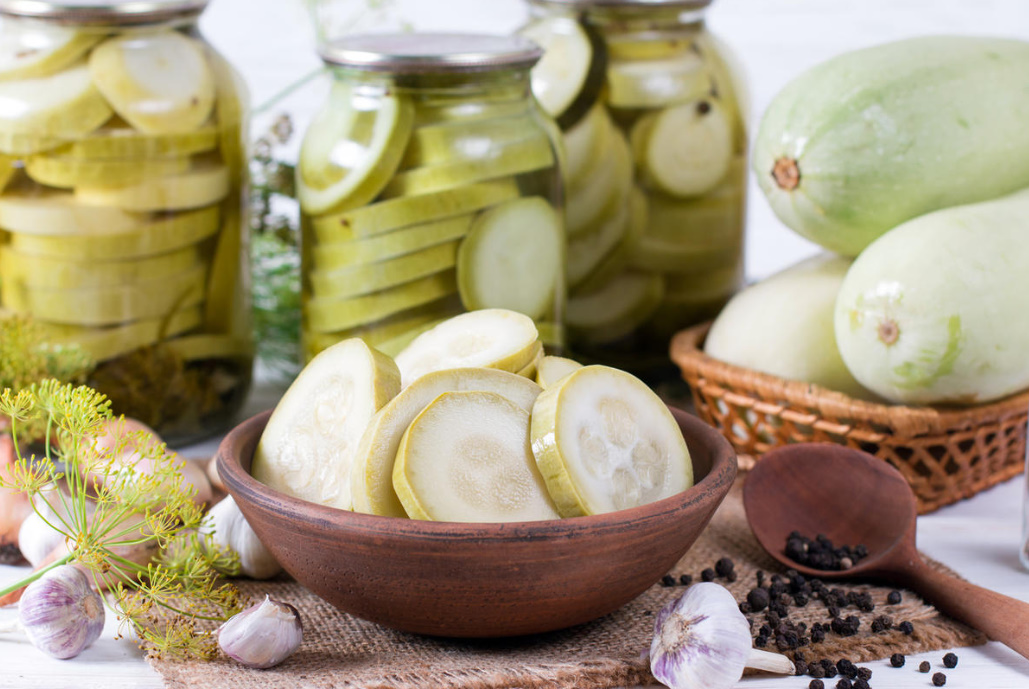
It is best to salt young zucchini — while they still have a thin skin and practically no seeds. Cut into circles, put in a jar, adding garlic, horseradish (both leaf and root), dill umbrellas, and pour brine. When the fermentation is over, we cover the jars with plastic lids and put them in the basement or refrigerator.
6. Squash caviar
Squash caviar is a culinary classic. And although the housewives have come up with many original recipes for this dish, for many, the usual option still remains a favorite.
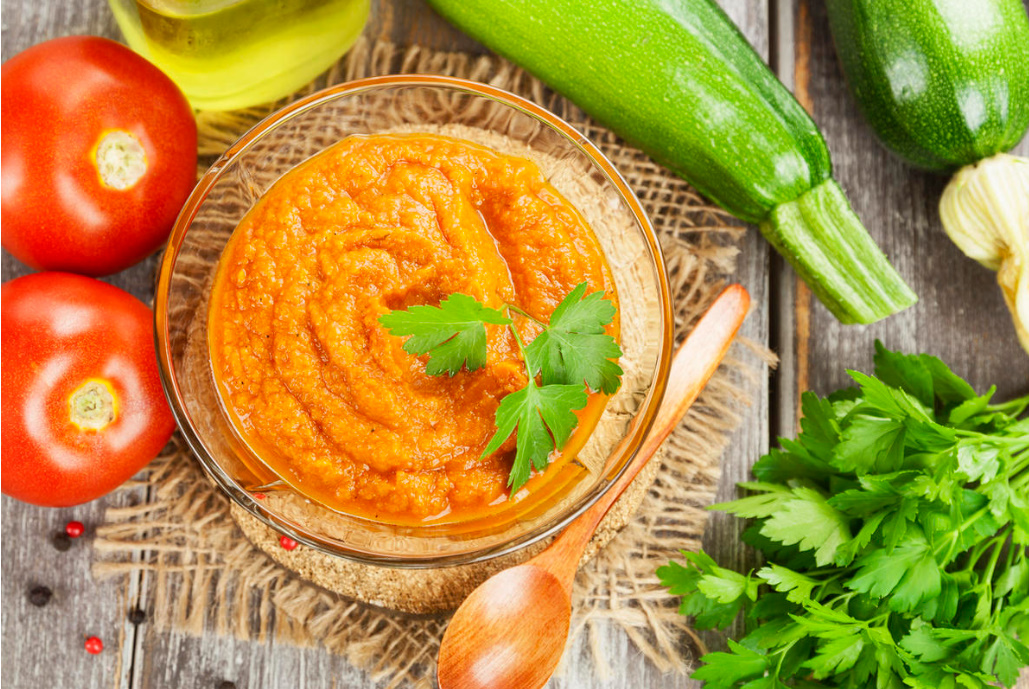
Which is great: as in the case of jam, it is not necessary to twist endless jars from autumn — if you choose hardy varieties, you can cook delicious caviar in winter without fuss and haste.
7. Salads and snacks from fresh zucchini
Fresh zucchini is suitable for light dietary salads (just cut the young zucchini, mix with herbs, onions, other fresh vegetables and season to taste), and for quick snacks.
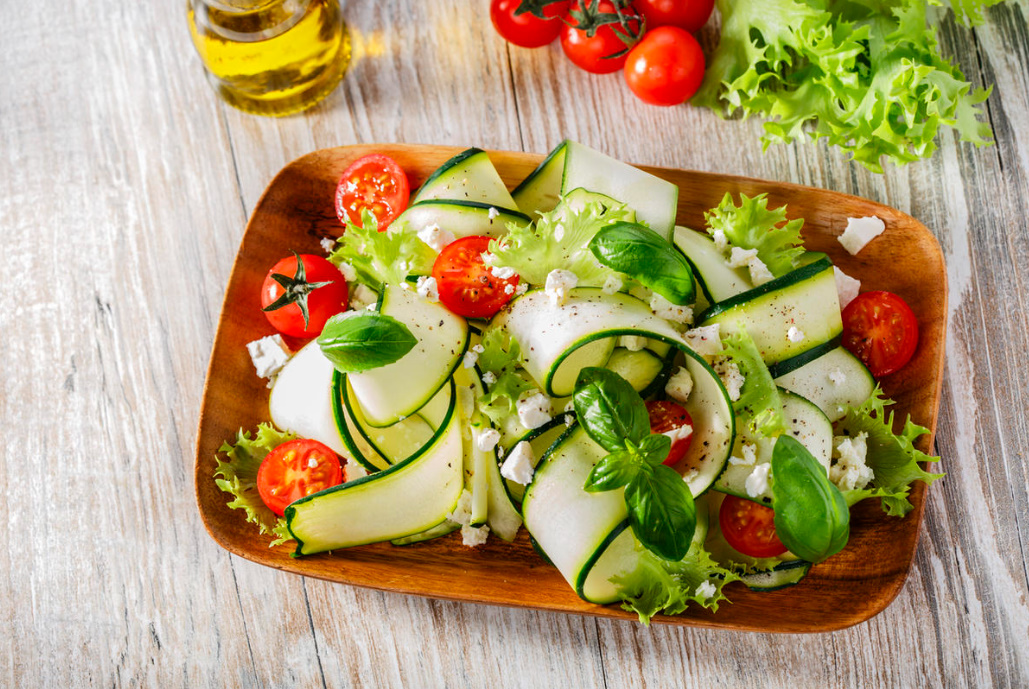
Choose young zucchini for cooking such dishes — they have delicious, tender and juicy flesh, and the skin is so thin that it can not be cleaned off.
8. Zucchini for storage
Of course, young fresh zucchini tastes better than those that have been stored for more than one month. But, I think, in winter it is still more pleasant to cook a vegetable from your garden, and not a store—greenhouse, which has not seen the real sun. And it’s easy to store zucchini, no worries — just put it somewhere in a corner, and let them wait in the wings. Yes, at least cook the same jam for tea from them in winter!
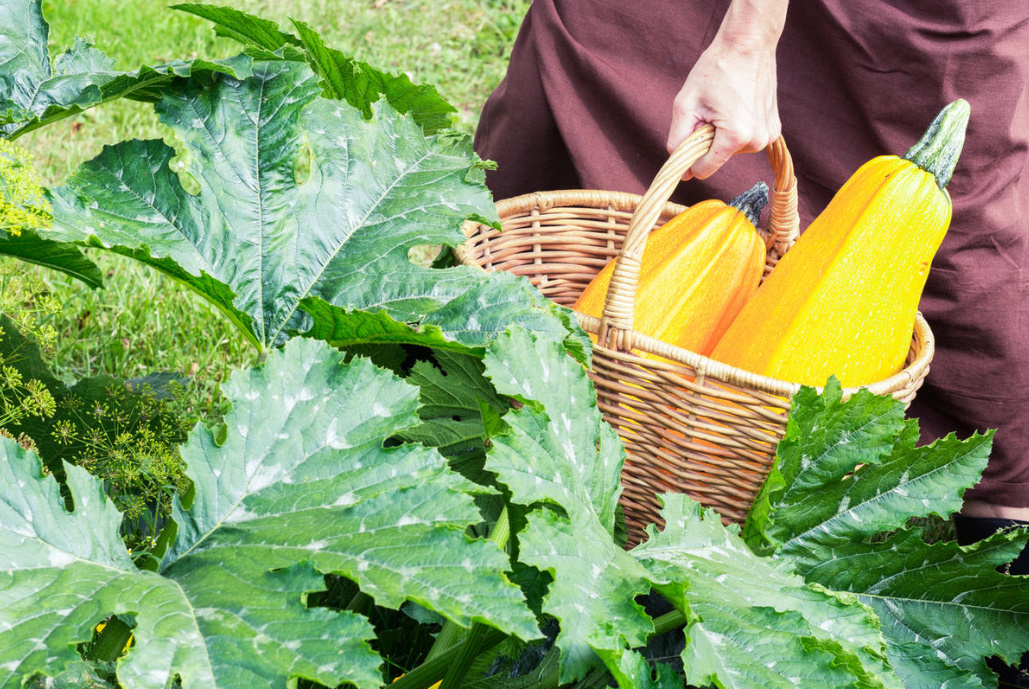
In order for the zucchini to survive until spring, it must ripen (young, with a thin, delicate skin will not lie for a long time) and be healthy, without damage.
9. Zucchini as a fodder crop
Many people now have chickens in the country. And chickens, by the way, zucchini are very respected. They can simply cut the fruit in half lengthwise — they will eat both seeds and pulp from such a “trough”, leaving only a hard peel. They say that goats are not indifferent to zucchini either.
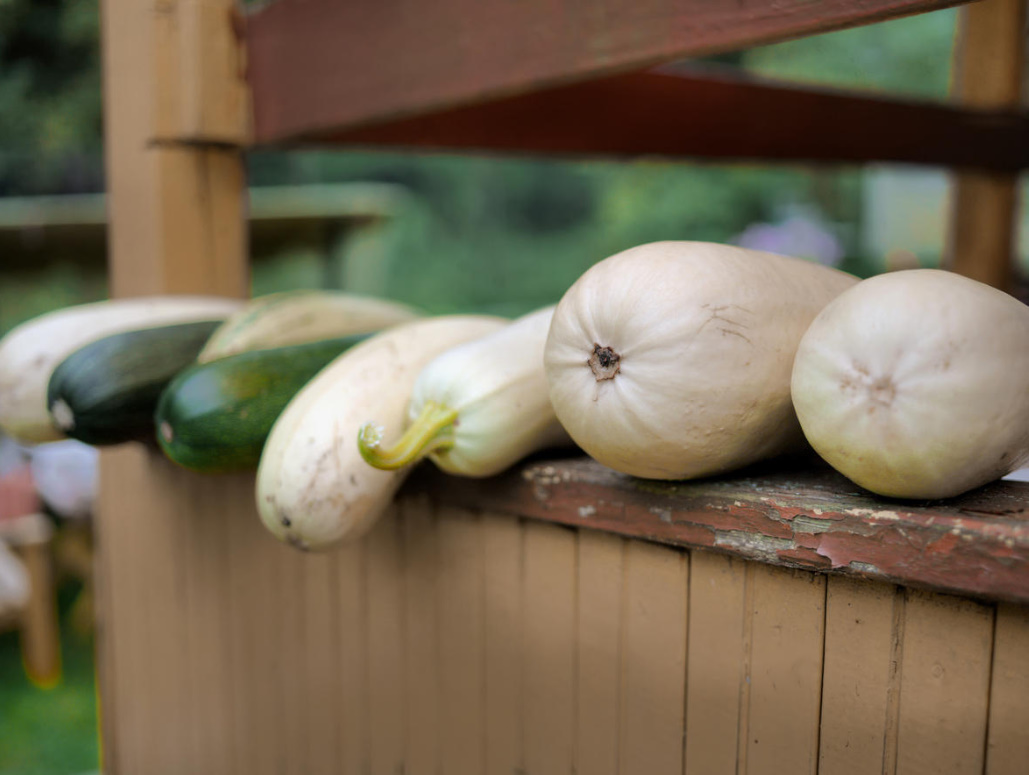
If you grow this vegetable as a fodder crop, preference should be given to simple, but productive varieties.
10. Zucchini menu: hundreds of dishes for every taste
Yes, and this is not counting what has already been listed! Skilful housewives cook everything from zucchini: pancakes and vegetable cakes, stuffed and baked zucchini, in batter and grilled… It can be listed for a very long time — but it’s probably better to just cook and try.
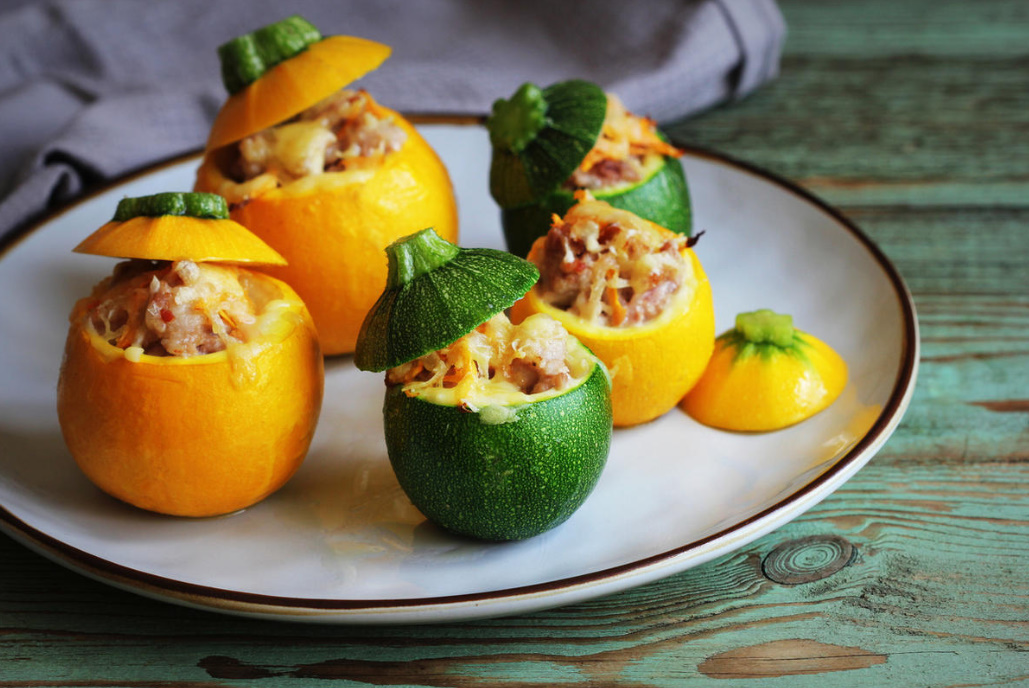
The choice of varieties, of course, depends on what exactly you are going to cook: small portion fruits are convenient for stuffing; vegetable spaghetti is prepared from special “pasta” zucchini — and so on. Some varieties even have “talking” names — you can’t confuse them!
Tell us in the comments about how you use this wonderful vegetable!
